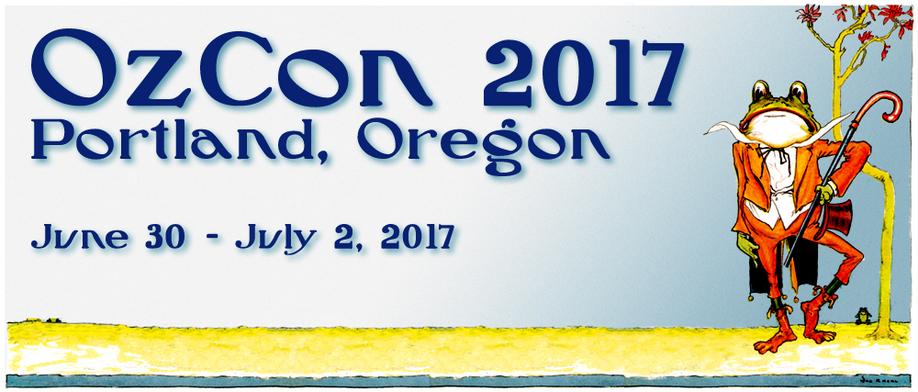Christmas is celebrated in different ways around the world. In Russia, the Russian Orthodox Church celebrates Christmas on Jan. 7, 13 days after Western Christmas. This is due to the fact that Russia celebrates its Christmas in accordance with the old Julian calendar. After the 1917 revolution, Christmas was banned throughout Russia because it was considered a religious celebration. It was not until 1992 that the holiday began to play a big role in Russian culture.
Russian traditions for celebrating the New Year
Christmas is celebrated in different ways around the world. In Russia, the Russian Orthodox Church celebrates Christmas on Jan. 7, 13 days after Western Christmas. This is due to the fact that Russia celebrates its Christmas in accordance with the old Julian calendar. After the 1917 revolution, Christmas was banned throughout Russia because it was considered a religious celebration. It was not until 1992 that the holiday began to play a big role in Russian culture.
Being born and raised in Russia, I remember my winter holidays as the most festive times of the year. There are many similarities between Western and Russian Christmas, but there are also differences.
One thing I learned living in the United States is that “Christmas spirit” begins on the day after Thanksgiving, when people eagerly await Black Friday, so when stores open shoppers can cram the aisles and buy a lot of gifts to wrap in colorful paper and place under the Christmas tree. In Russia, Christmas is a new holiday and instead New Year’s plays a more similar role to Christmas that is celebrated in America.
On the eve of Christmas, the tradition is to have all family members gather and share a meal. The food that is served varies between families. However, one meal remains the same between traditional Russian families, and that is kutya. Kutya is a kind of porridge that includes ingredients like grains, honey and poppy seeds. In Russian tradition grains are ingredients for hope, as honey and poppy seeds are for happiness and peace.
Holiday shopping is usually not started until the weekend before the new year and presents are exchanged on Dec. 31. This is because Russians celebrate the new year before Christmas.
Also, the origin of Santa Claus is due to the holy St. Nicholas. He was born in Asia Minor in the Greco-Roman city of Myra in the province of Lycia, at a time when the region was entirely Greek in heritage. Due to the suppression of religion during the Soviet regime, St. Nicholas was replaced by Ded Moroz, or Grandfather Frost, the Russian spirit of winter who brought gifts on New Year’s. Ded Moroz also comes with the image of Snyegurochka, who is the granddaughter that helps distribute the gifts.
The Christmas tree (Yolka) was yet another tradition banned during the Soviet era. To keep the custom alive, people decorated New Year’s trees instead.
New Year’s is a popular celebration in Russia compared to Christmas. Russians follow the tradition of listening to the New Year’s speech from the president on New Year’s Day. The president traditionally summarizes the achievements of the past year and wishes a happy New Year’s to the citizens of Russia.
After the speech, at midnight sharp, the country listens to the Kremlin chimes, which signal the beginning of the new year.
After that everybody tries to open a bottle of champagne, drink a glass and make a wish within the first few moments of the new year. Some people also put gold in the glass of champagne while they drink it because it signifies good luck.
Apart from the celebrating, parents and adults bring New Year’s presents for the good children and hide them under the pine tree. There is a custom that children must sing a song or recite a poem to satisfy Ded Moroz before acquiring the gift from him.
Most kindergarten classes and schools have children dress up as snowflakes and other characters from traditional Russian skazki, and have them dance around the pine tree and get presents. Raisa Kudsheva wrote the most famous Russian New Year’s song. It is a folk song in which the lyrics tell a story about a small pine tree that was born in the forest and has now come to the children and brought them lots of joy:
V lesu rodilas yolochka,
V lesu ona rosla,
Zimoy i lietom stroinaya,
Zelyonaya byla.
In the forest a fir tree was born,
In the forest the fir tree grew,
In winter and summer she
stands tall,
And oh how green was she.
One thing that is necessary for celebrating the holidays despite what country you are in is food. Traditional New Year’s dishes in Russia consist of olive salad (oliv’e) with meat, potatoes, pickles, green peas, onion, carrots and mayonnaise. The most favorite New Year’s drink is champagne. After all the festivities with family and friends, people usually go outside and celebrate with fireworks. In all the central areas of cities the custom is to have a lot of parties and other festivities for people to do all night long.
The main New Year’s celebrations come to an end on Jan. 13, when the country celebrates the Old-Style New Year. This day is not declared as a public holiday but is celebrated to mark the beginning of the year according to the Julian calendar.
Russian traditions may be slightly different from the U.S.’s, but that makes them all the more special. ?????????? ????????? (happy holidays).



